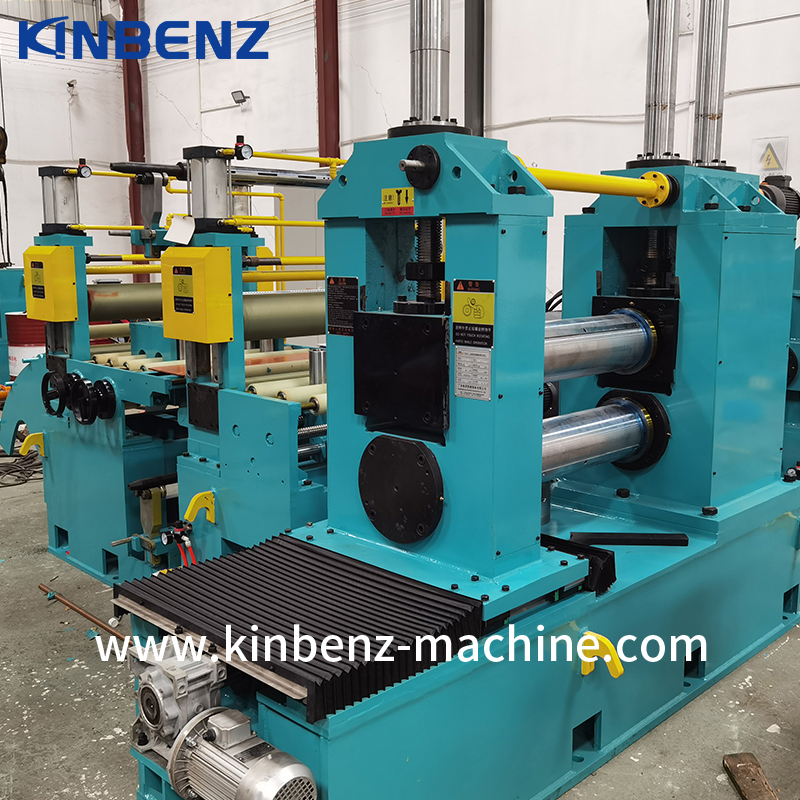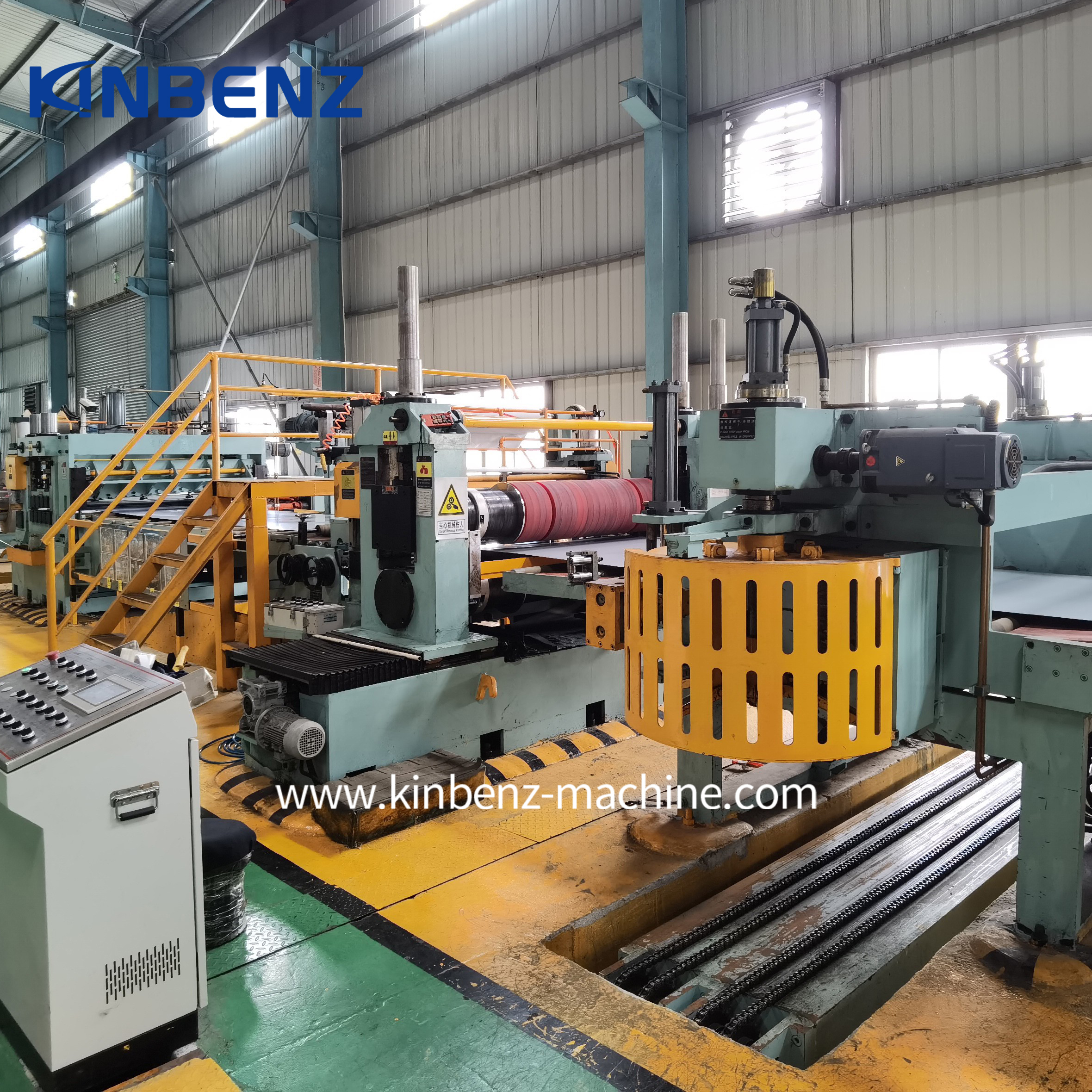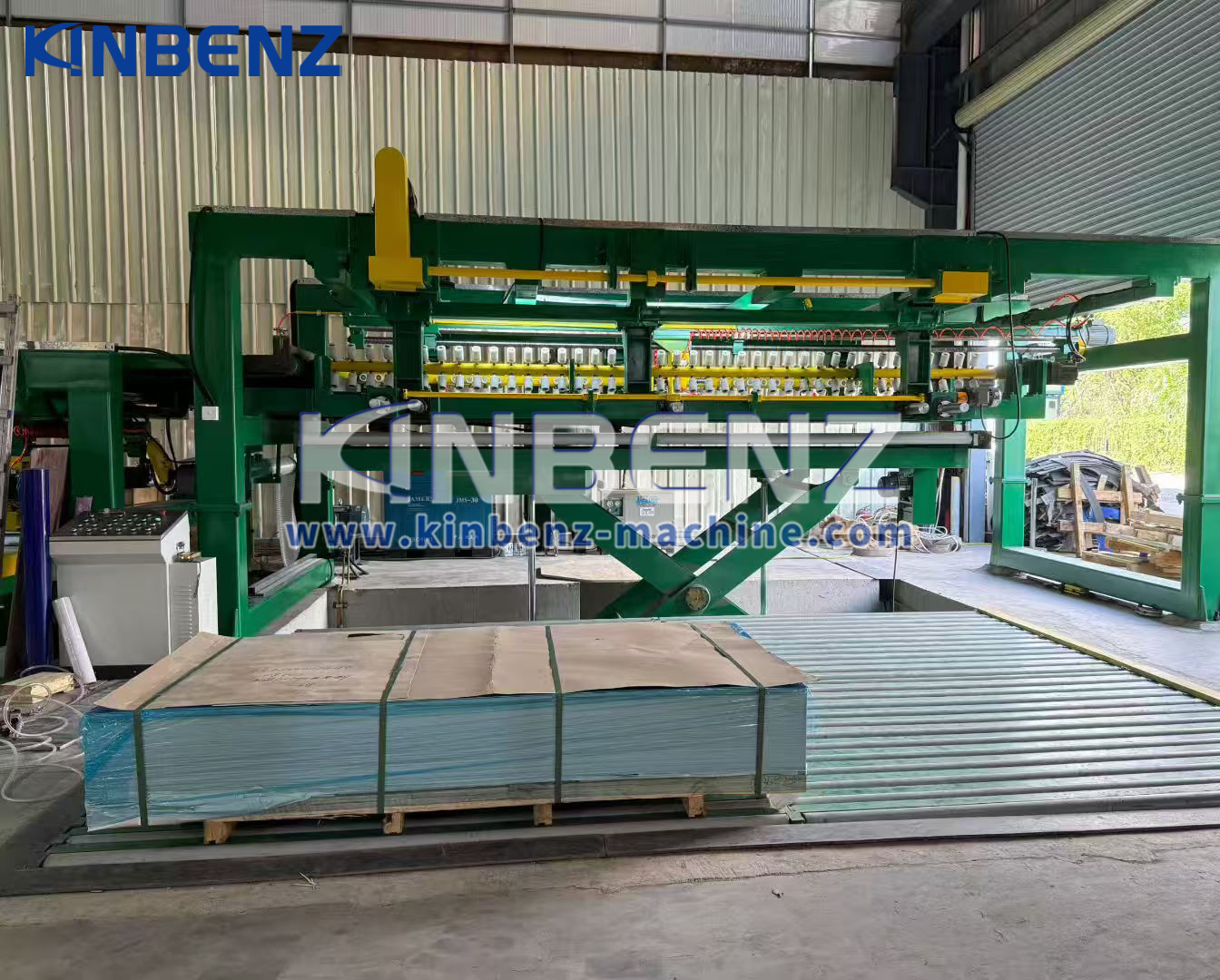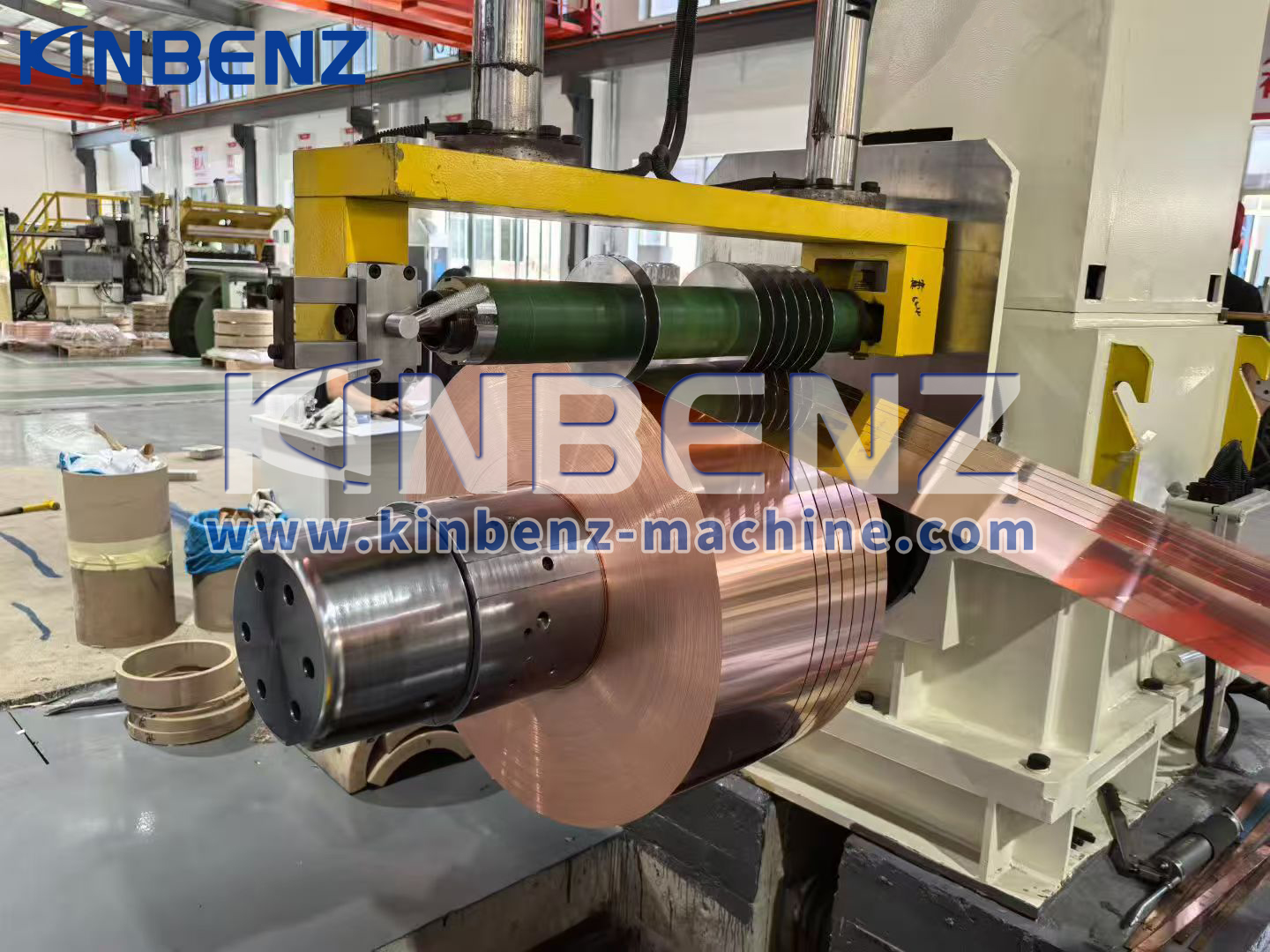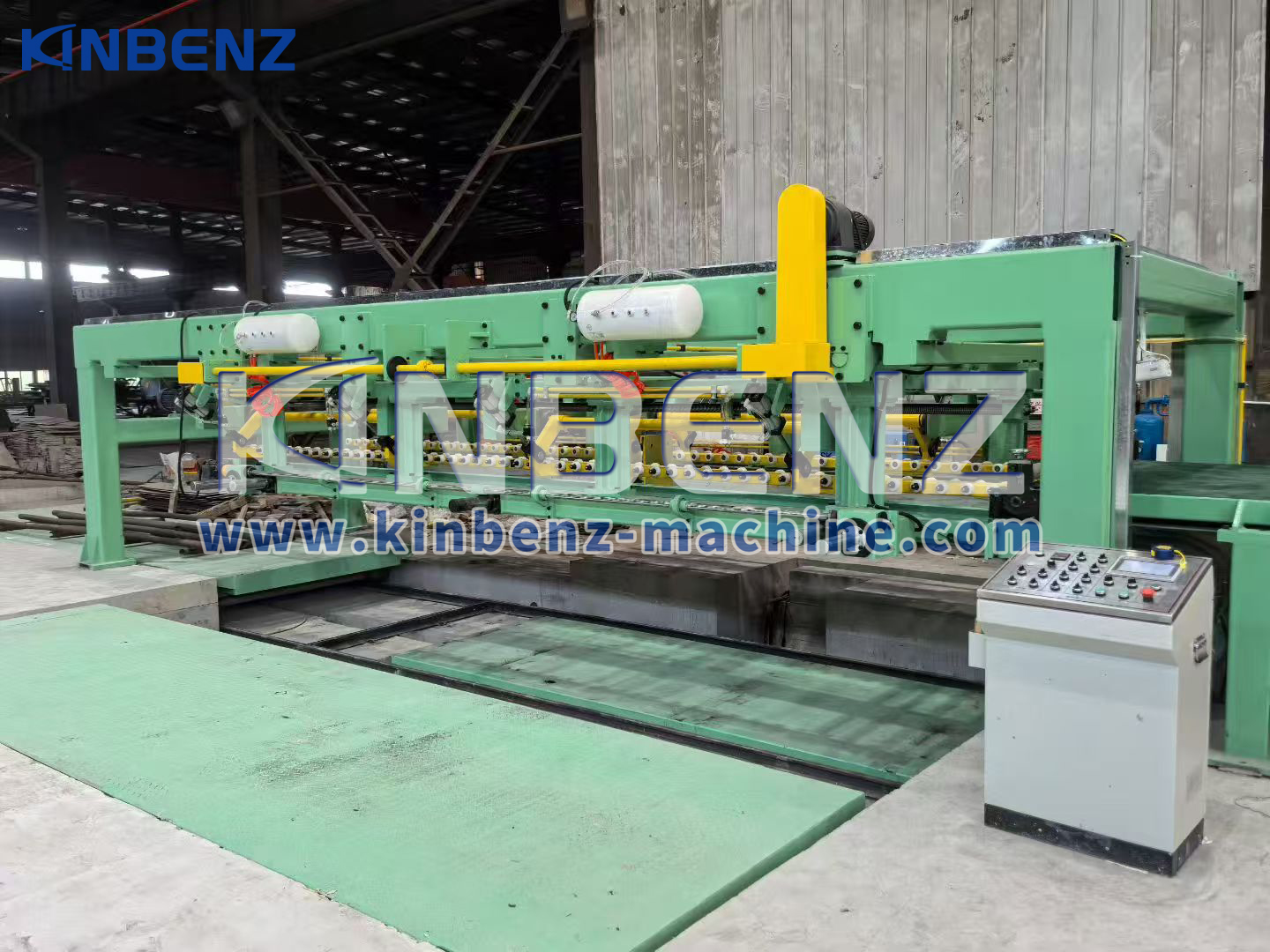|
|
Preventing Common Shearing Defects in Metal Cut To Length Lines
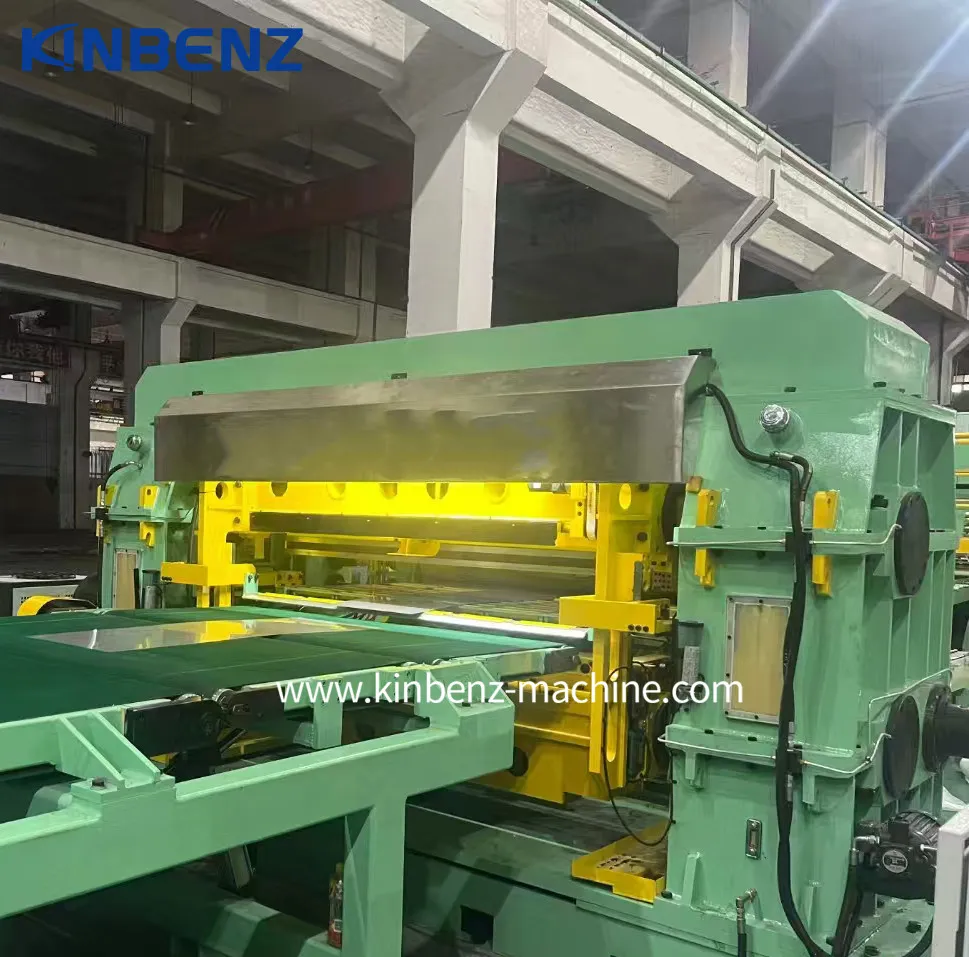
2025-08-31
Introduction to Shearing Defects in Metal Processing
Metal shearing is a fundamental process in nearly every metal fabrication operation, yet it frequently produces quality issues that impact downstream operations. Common defects including burrs, edge deformation, twisting, bowing, and camber can significantly reduce product quality and increase material waste. Understanding these defects and implementing proper corrective measures is essential for maintaining high production standards.
1. Burr Formation and Edge Roughness
Primary Causes:
Incorrect blade clearance settings (either excessive or insufficient)
Dull or improperly sharpened blades
Improper blade alignment
Excessive blade wear
Preventive Measures:
Precision Clearance Adjustment: Maintain optimal clearance at 5-10% of material thickness for most metals
Blade Maintenance Program: Implement regular sharpening schedule (every 500,000 cuts for standard blades)
Alignment Verification: Use laser alignment tools to ensure perfect blade parallelism
Material-Specific Settings: Adjust parameters for different alloys and tempers
2. Edge Deformation and Curling
Root Causes:
Improper hold-down pressure
Worn pivot bearings in the shear mechanism
Excessive blade deflection
Incorrect shear angle
Corrective Actions:
Optimize Clamping Force: Use pressure sensors to verify 20-30% higher than material yield strength
Bearing Maintenance: Replace pivot bearings every 2-3 years or 5 million cycles
Blade Reinforcement: Consider thicker blades or supported blade designs for heavy-gauge materials
Angle Adjustment: Reduce shear angle to 0.5-1.5° for most applications
3. Material Twisting and Spiral Deformation
Contributing Factors:
Excessive rake angles (>3°)
Residual stresses in coil stock
Uneven blade wear
Improper material grain orientation
Prevention Strategies:
Angle Optimization: Maintain rake angle between 0.5-2.0° depending on material
Stress Relief: Incorporate tension leveling before shearing
Balanced Cutting: Rotate blades regularly to ensure even wear
Grain Direction Control: Cut perpendicular to rolling direction when possible
By implementing these comprehensive measures and maintaining rigorous process controls, manufacturers can dramatically reduce shearing defects, improve product quality, and increase overall operational efficiency in metal cut-to-length operations.
Introduction to Shearing Defects in Metal Processing
Metal shearing is a fundamental process in nearly every metal fabrication operation, yet it frequently produces quality issues that impact downstream operations. Common defects including burrs, edge deformation, twisting, bowing, and camber can significantly reduce product quality and increase material waste. Understanding these defects and implementing proper corrective measures is essential for maintaining high production standards.
1. Burr Formation and Edge Roughness
Primary Causes:
Incorrect blade clearance settings (either excessive or insufficient)
Dull or improperly sharpened blades
Improper blade alignment
Excessive blade wear
Preventive Measures:
Precision Clearance Adjustment: Maintain optimal clearance at 5-10% of material thickness for most metals
Blade Maintenance Program: Implement regular sharpening schedule (every 500,000 cuts for standard blades)
Alignment Verification: Use laser alignment tools to ensure perfect blade parallelism
Material-Specific Settings: Adjust parameters for different alloys and tempers
2. Edge Deformation and Curling
Root Causes:
Improper hold-down pressure
Worn pivot bearings in the shear mechanism
Excessive blade deflection
Incorrect shear angle
Corrective Actions:
Optimize Clamping Force: Use pressure sensors to verify 20-30% higher than material yield strength
Bearing Maintenance: Replace pivot bearings every 2-3 years or 5 million cycles
Blade Reinforcement: Consider thicker blades or supported blade designs for heavy-gauge materials
Angle Adjustment: Reduce shear angle to 0.5-1.5° for most applications
3. Material Twisting and Spiral Deformation
Contributing Factors:
Excessive rake angles (>3°)
Residual stresses in coil stock
Uneven blade wear
Improper material grain orientation
Prevention Strategies:
Angle Optimization: Maintain rake angle between 0.5-2.0° depending on material
Stress Relief: Incorporate tension leveling before shearing
Balanced Cutting: Rotate blades regularly to ensure even wear
Grain Direction Control: Cut perpendicular to rolling direction when possible
By implementing these comprehensive measures and maintaining rigorous process controls, manufacturers can dramatically reduce shearing defects, improve product quality, and increase overall operational efficiency in metal cut-to-length operations.





